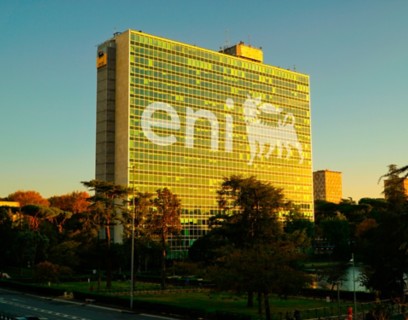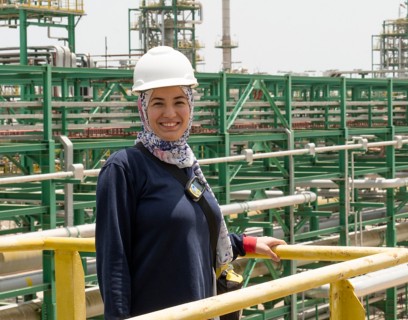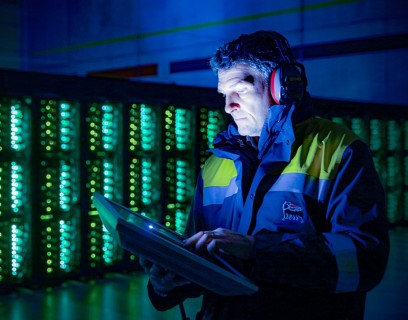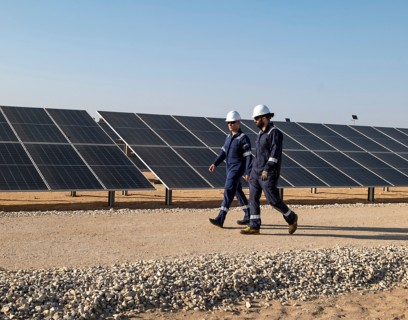
Or , our new artificial intelligence tool.
MyEni Login
HPC6, supercomputer at the service of energy
Our supercomputing system is among the most powerful in the world and it accelerates our transformation.

Eni’s new high-performance computing (HPC) system, HPC6, completed and launched in November 2024, significantly enhances the computational capacity of the Green Data Center Eni in Ferrera Erbognone, in the province of Pavia, increasing its performance from 70 to 606 million billion mathematical operations per second, equivalent to a peak of 606 PFlops.
Ranked sixth globally in the Top500 list and first in the world among supercomputers for industrial use. The system is designed with state-of-the-art energy efficiency standards.
One of HPC6’s key innovations is its new liquid cooling system, which optimises heat absorption from the new machine, making it more energy-efficient and sustainable. HPC6 strengthens Eni’s digitalization and innovation processes while serving as a crucial asset for implementing our decarbonization strategy and addressing the challenges of the energy transition.
Browse the interactive special on HPC6, our supercomputer
A technological lever to accelerate Eni’s transformation and support the development of high-potential new businesses.

HPC6 is a lever supporting the energy transition
HPC6 is the latest generation of our supercomputers. Its performance makes it the most powerful in the world for industrial use, sharing the architecture of the world’s most advanced systems. These characteristics enable it to play a pivotal role across the entire energy supply chain. It will be used in particular to optimise the operations of industrial facilities, improve the accuracy of geological and fluid dynamic studies for CO2 storage, and to develop higher-performance batteries. It will also be used to optimise the biofuel supply chain and simulate plasma behaviour in magnetic confinement fusion.
HPC6's high computing power strengthens our transformation process, accelerating the development of new high-potential businesses connected with the energy transition. Furthermore, it strengthens the synergy between Eni and its Satellite companies.





Industrialisation
Artificial intelligence
Carbon management
Fluid dynamics
Geophysical exploration
Molecular modelling
Cineca
CNR Lecce
How does it work?
HPC6 uses Cray EX4000 technology and Cray ClusterStor E1000 by HPE, achieving a peak computing power of 606 PFlops (Rpeak) and 477 PFlops sustained (Rmax), which places it among the most advanced infrastructure of its kind. Inaugurated in 2024, the HPC6 supercomputer is installed in a dedicated area within Eni’s Green Data Center, one of the most energy-efficient data centres in Europe, with one of the lowest carbon footprints. Here, the new liquid cooling system uses a “direct” liquid approach, which dissipates 96% of the heat generated.
To further reduce its carbon footprint, the Green Data Center in Ferrera Erbognone, which houses the supercomputer, is also powered by a 1 MW photovoltaic plant.
HPC6 consists of 3,472 computing nodes, incorporating a total of 13,888 GPUs. Each node features a 64-core AMD EPYC™ CPU, paired with four powerful AMD Instinct™ MI250X GPUs. The HPE Slingshot network supporting the supercomputer ensures high-performance, fast, and reliable interconnection between the nodes, enabling rapid data transfer.
Features and performance
-
606mln of billions
mathematical operations performed in one second
-
3,472
total CPUs
-
13,888
total GPU cards
The Supercomputer at the service of energy.
The Supercomputer at the service of energy. Watch the full documentary for more insights.
27 May 2025



















